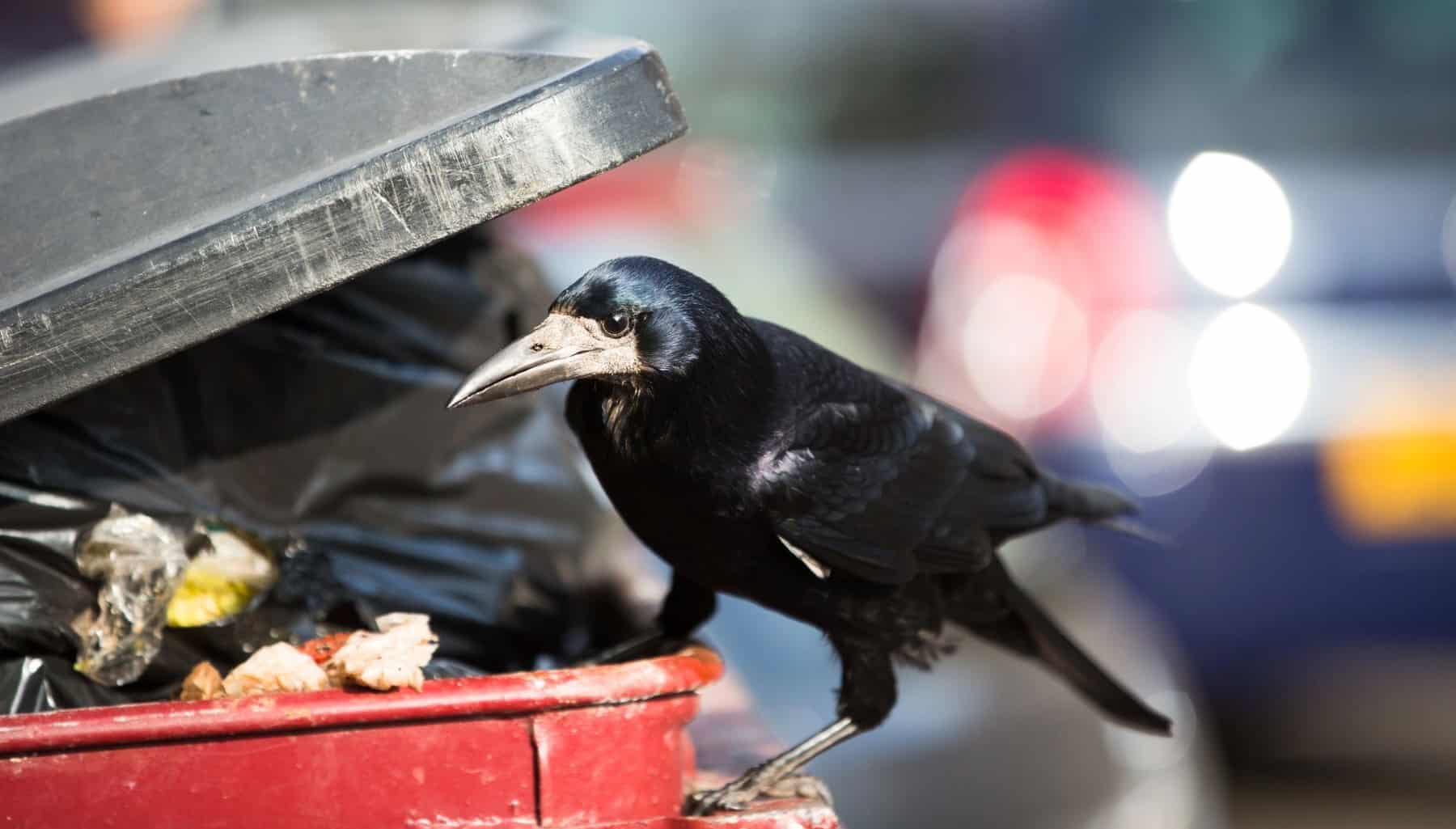The Plastic pollution is a worldwide problem. Most plastics end in the natural environment because of the poor management that we make from our waste. Plastic, once in the area, slowly relegates in smaller particles that are known as Microplastics.
Loose Microplastics are particles of plastics under 5 millimeters. With their size they can easily go through nature. We can currently regard them as almost omnipresent pollutants because they are present in many ecosystems, including remote places. However, where less is known about them is in the atmosphere.
A study through the Autonomous University of Madrid, the University of Alcalá and Grefa, has revealed the presence of microplastics and artificial fibers in birds. The results are published in the magazine «Ecotoxicology and environmental safety«.

Microplastic pollution reaches birds
This new project from The Grefa Conservation Association on the impact of microplasty In biodiversity it has been possible thanks to the financial support recently obtained in the VI call as the environment and sustainable development of the Montemadrid and Caixabank Foundation.
With the title «Microplastics and Wildlife: new challenges in environmental pollution«, The project will be in force until October 2025. The most important working line will be the formation of volunteers in a specialized center such as Grefa’s Wildlife Hospital, located in Majadahonda (Madrid).
These volunteers will be trained to work together in the research work that GREFA develops to detect The presence of microplastics in the digestive and respiratory system of different types of wild birds.
This project includes a new Grefa obligation for the participation of volunteering in the wide range of research, monitoring and recovery projects of nature that the NGO is developing. In this case, the work of volunteers will contribute to carrying out work and distributing the results of studies in which Wild birds act as bio -indicators of air quality and the presence of microplastics Not only in soil and waters, but also in atmospheric environments.
Volunteering functions
Register for this project It will consist of students or recent graduates of veterinary, biology, environmental sciences and related studies, as well as laboratory techniciansThis will learn to perform photos and sample processing, in addition to interpreting the results and contextualizing them on the basis of the scientific bibliography that has already been published.
These volunteers, together with teaching volunteers and environmental trainers, will participate in the elaboration of informative material and in the organization of conversations to raise awareness in schools and other educational centers on the Problems that use plastics in daily life without distinctions.
In addition, The microplastic detection protocols in birds used by Grefa in this project They will be distributed in other centers and institutions to demonstrate the presence of microplasty In animals in the wild in different areas. The ultimate goal of this strategy is to attract the attention of the population and to encourage governments to establish stricter and ethical policy on the use of plastic.
«In recent years, much progress has been made in the knowledge of the Real and potential problems that represents the presence of microplastics for people and the planet. However, this knowledge did not cross the scientific barriers to reach the general public. As consumers, we are the most important point in reducing the random use of plastic and as components of current society, we are an important piece in proposing and demanding an effective pollution management policy, ”explains Fernando González, veterinary director of the Grefa Wild Fauna Hospital.
The concept ‘One Health’
The project will spend a lot of his resources on Understand how microplastics influence birds and how this can reflect their impact on human health. This approach is tailored to the concept of one health (“a single health”), which recognizes interconnection between human, animal and environmental health.
This Grefa project could offer Crucial information to tackle microplastic pollution and to protect the health of ecosystems and human communities. «By investigating the presence of microplasty In the wild we actively participate in the promotion of a healthy and sustainable environment, “says González.
In the opinion of the vet of Gref able to detect and prove the presence of microplastics in wild faunaBeing able to act as a true nature profession by distributing the learned knowledge and making them aware of their future workplaces ».
Financing of environmental projects
Developed in the six editions so far, the call for the environment and sustainable development of the Montemadrid and Caixabank Foundation has selected more than a hundred environmental projects to which 1,400,000 euros has been assigned.
This helpline aims to support entities that, as GREFA, have been selected for the Development of their projects aimed at protection and care for the environment. In particular, this call in earlier editions gave his financial support to the Grefa Rescue Team, a group of professionals and volunteers from the NGO specialized in the collection and transfer of wildlife affected by various problems, injuries or diseases.
The indigenous fauna revalidation group and his Habitat (GREFA), founded in 1981, have established itself as a national and international reference in the study and the preservation of nature. Over the years, Grefa has Expanded their work not only to cover the recovery of wounded wild animals who arrive in their Fauna hospital, but also research, environmental education and reproduction of imprisonment.
Moreover, it has focused on investigating the factors that cause species mortality and that influence their survival and recovery. Under these Factors are contaminants, such as microplastics.

